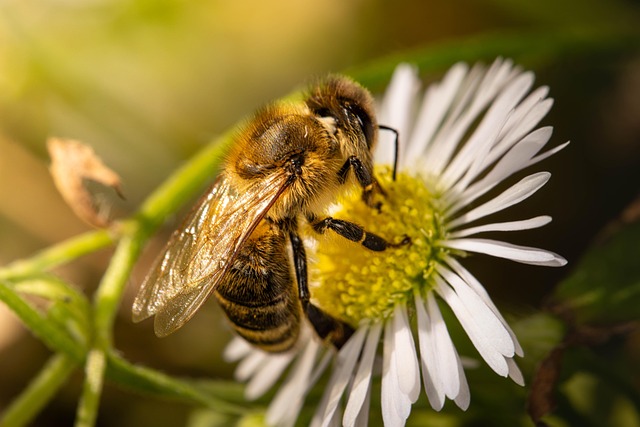As a parent, coming to terms with the fact that your child might be a victim of bullying is a challenging realization. I found myself grappling with this issue when my daughter, who has always been recognized as one of the most compassionate and inclusive kids in her class, began facing bullying. Despite my extensive background as an elementary school guidance counselor and my ongoing advocacy efforts for bullying prevention, this situation felt personal and difficult to navigate.
One afternoon, after a resolution meeting at school, I decided to record a conversation with my daughter about her experiences. She expressed a desire to help other kids who might be facing similar situations, as well as those who have yet to encounter bullies. This raw and candid discussion became a heartfelt video that I shared on our YouTube channel, aiming to spread awareness and support.
Initially, I struggled to accept that my daughter was being bullied. As incidents arose, I attempted to guide her through them, believing they were isolated occurrences or misunderstandings. I wanted to give the boy the benefit of the doubt, thinking he might not realize his actions were crossing boundaries. However, it became increasingly clear that this was more than just annoying behavior; my daughter’s distress was escalating, and she began experiencing severe anxiety and panic attacks.
After a few months of dealing with the situation, I finally recognized the pattern of behavior that constituted bullying. According to definitions from sources like StopBullying.gov, bullying involves a power imbalance and repeated harmful actions. With this knowledge, it became undeniable that my daughter was indeed facing bullying, and it was time to take action.
I reached out to her teacher, and coincidentally, that same day, the boy had another incident with a different student that was witnessed by school staff. A meeting was promptly arranged, allowing my daughter to share her experiences with school authorities. Thankfully, the school had a zero-tolerance policy for bullying, and the issue was addressed effectively.
This experience underscored the importance of open communication between parents and children. I was proud to see my daughter empowered rather than victimized, and it served as a reminder that timely intervention is crucial. Parents should not hesitate to voice concerns to teachers and advocate for their children, as bullying can escalate quickly if left unchecked.
Moreover, maintaining ongoing discussions with children about their daily experiences fosters an environment where they feel comfortable sharing both minor and significant issues. If you’re navigating a similar situation, I encourage you to monitor your child’s feelings closely and reach out for help when needed.
For those looking for more information on bullying prevention and support, I recommend visiting PACER’s National Bullying Prevention Center and Stopbullying.gov. Additionally, if you’re interested in family planning resources, consider checking out how to navigate your couples fertility journey, which includes insights on intracervical insemination.
In summary, recognizing and addressing bullying is a vital part of supporting our children. Through open dialogue and proactive measures, we can create a safer and more supportive environment for our kids.
